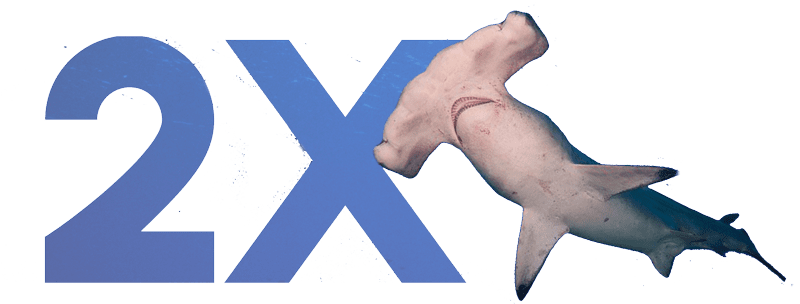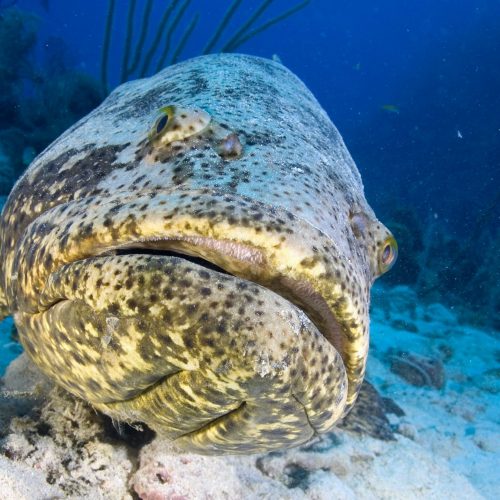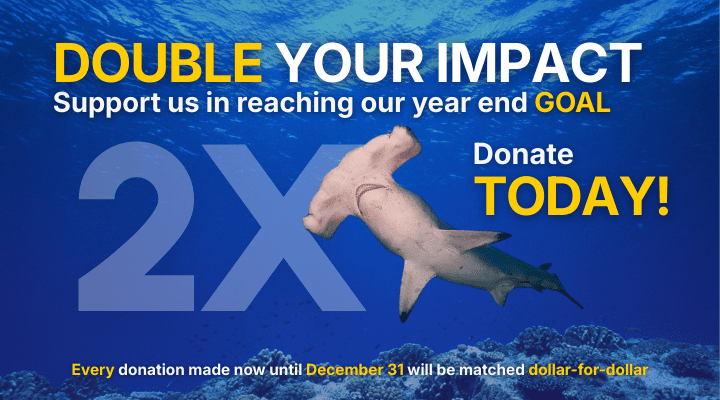Tracking
Track Satellite Tagged Marine Wildlife With Us
Explore our map to learn more about the movements and behavior of marine megafauna!
Our tracking site is helping to share the movements of animals we tag during our field work. We use satellite tagging technologies to monitor their movements in near real-time to better understand their environmental, habitat and seasonal preferences and the potential threats they face.
Double Your Impact
Support us in reaching our year end GOAL
We are just $25,000 away from reaching our year-end goal, and every donation made through December 31 will be matched dollar-for-dollar.

How Do We Monitor Marine Wildlife?
Tracking the movements of underwater animals can be challenging since they are not visible most of the time. To study their behavior, we use different tags that provide detailed information on their location, depths, and temperatures.
Satellite tags, which act as mini-computers, are excellent tools for understanding how marine animals move during short periods. These tags transmit stored data to satellites and offer valuable insights into the animals’ behavior.
We use different satellite tags depending on the species we study and the information we need. For instance, we use ‘SPOT’ tags to study turtles and some shark species that come to the surface regularly.
For other species, such as whale sharks, we use ‘pop-up” tags that store all data until a pre-programmed date when the tag releases from the animal and floats to the surface. Retrieving the tags is beneficial since they hold more detailed data than can be transmitted to the satellites.
By using these tracking tools, we can gather critical information about the habits and movements of marine animals.
Passionate About Marine Wildlife?
Adopt One Today!
Whether it’s for you, a friend, or a loved one, our digital adoption certificates make the ideal gift. It’s a meaningful way to support global conservation efforts while learning about these incredible animals.
Each adoption costs $45 (one-time donation) and includes the following:
- A personalized digital adoption certificate sent to you by email celebrate your commitment to conservation. Sent
- A PDF with fascinating information about the species you adopted, including insights into their behavior, habitat, and role in the marine ecosystem.
- The satisfaction of supporting MarAlliance’s global conservation efforts, helping fund research, community outreach, and marine protection initiatives






